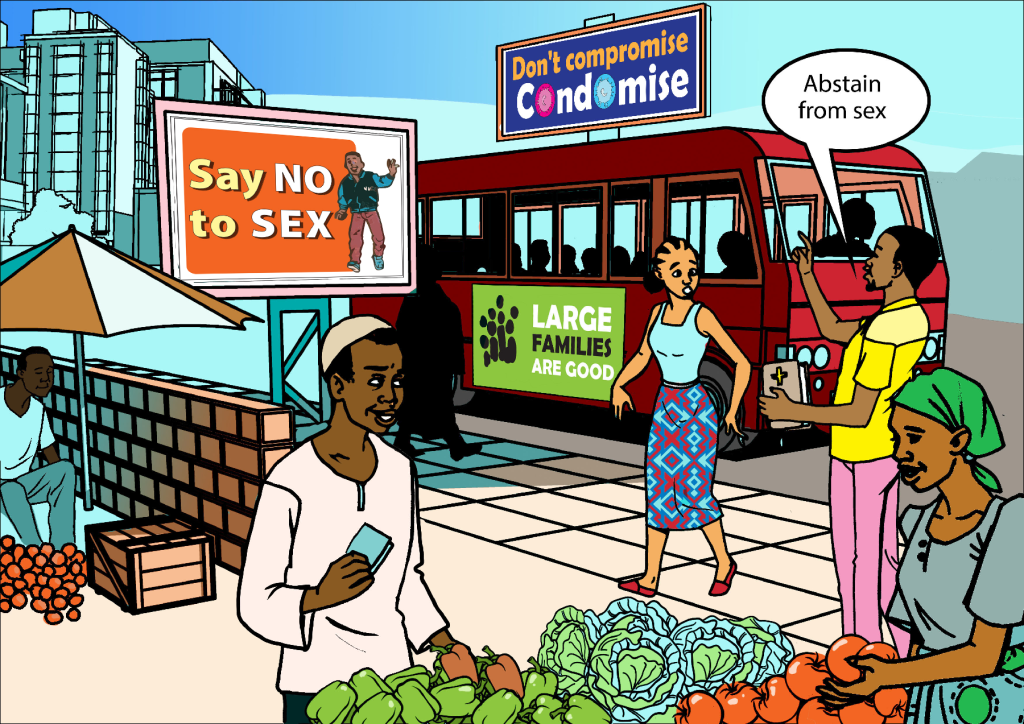What is the Purpose of this Essential Element?
The purpose of this Essential Element is to:
- Learn about the pros and cons of communication channels for urban youth and identify which ones might work best for your SBCC program.
- Identify opportunities for possible communication channels and opportunities for your intended audience by using Worksheet #9: The Day in the Life exercise.
- Identify the communication channels your intended audience uses on a regular basis and where they want to get SBCC information by using Worksheet #10: Reviewing Available Communication Channels.
- Review and select communication channels to use in your SBCC program by using Worksheet #11: Selecting Communication Channels.
- Learn that using multiple channels to reach your audience with consistent messaging is an important principle in SBCC programming.
Why is this Important?
Take a moment and close your eyes. Imagine a day in the life of a young person in your city. Think about what this young person might do every day and how, throughout the day, he/she would be exposed to many different forms of communication (e.g., radio, billboards, newspapers, social media) and many different messages. There are so many people and companies telling young people what to do and often, these messages compete with one another. Just like a young person can be exposed to five different advertisements for five different mobile phone companies in a day, they can also be exposed to many different messages about SRH—messages that do not always align with one another.
If you want to reach your intended audience with your messages, you have to find a way to stand out from all of those other messages, get their attention, speak their language and motivate them to change their behavior.
Resources
If you want to learn more about the topics covered in this section, visit the Resources section for Essential Element 6.
What are the Key Steps?
When identifying communication channels in the urban environment, there are a number of key steps to follow:




No Comments